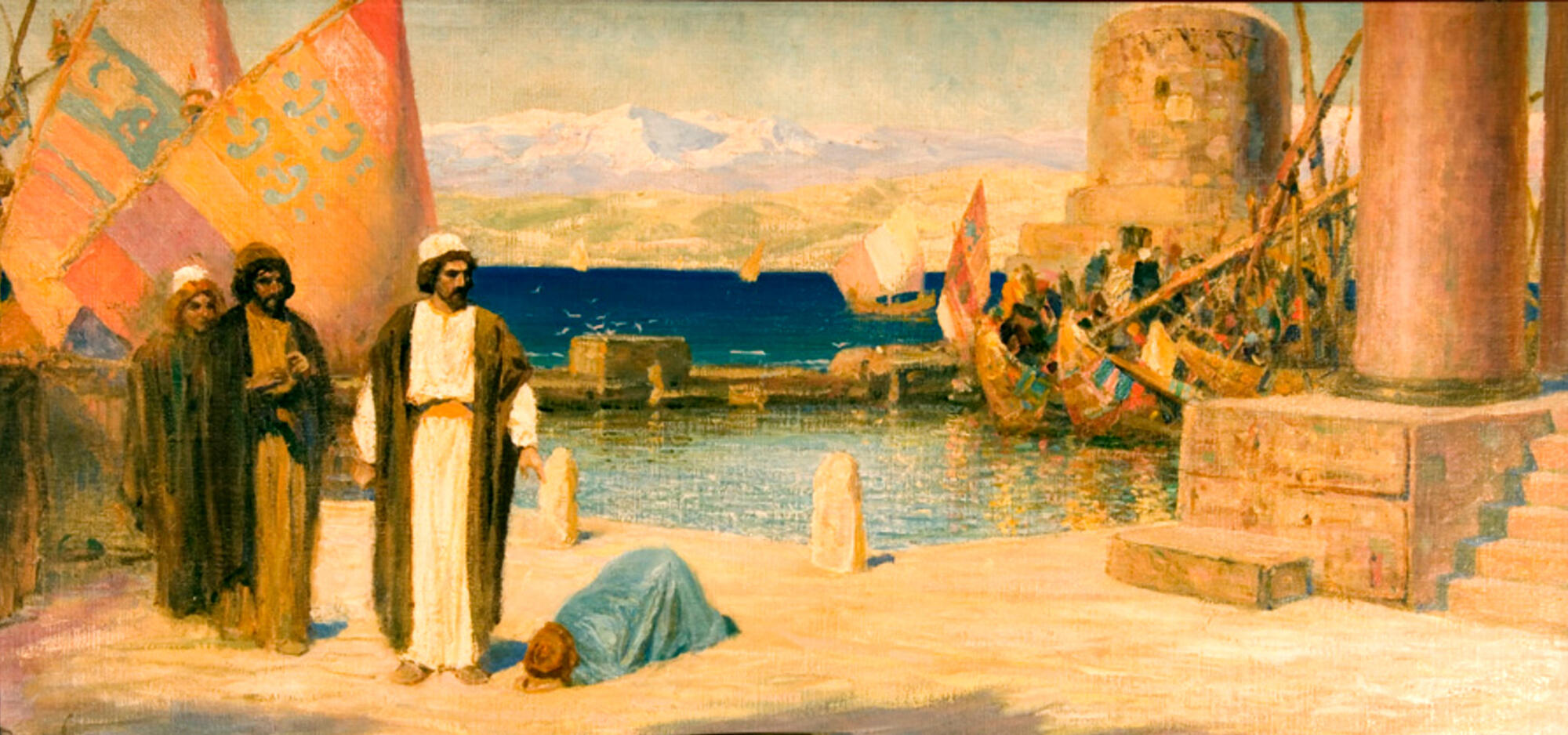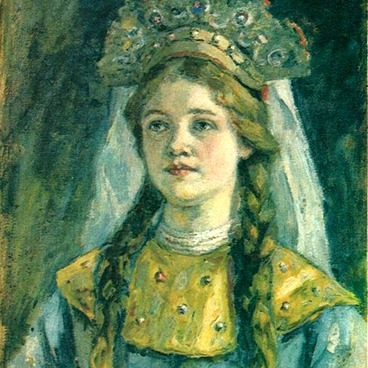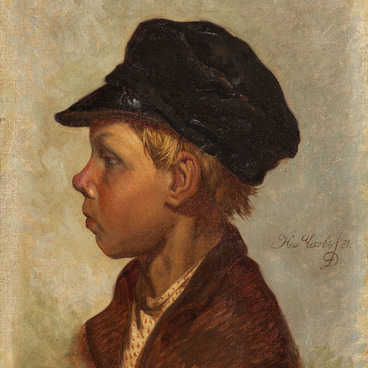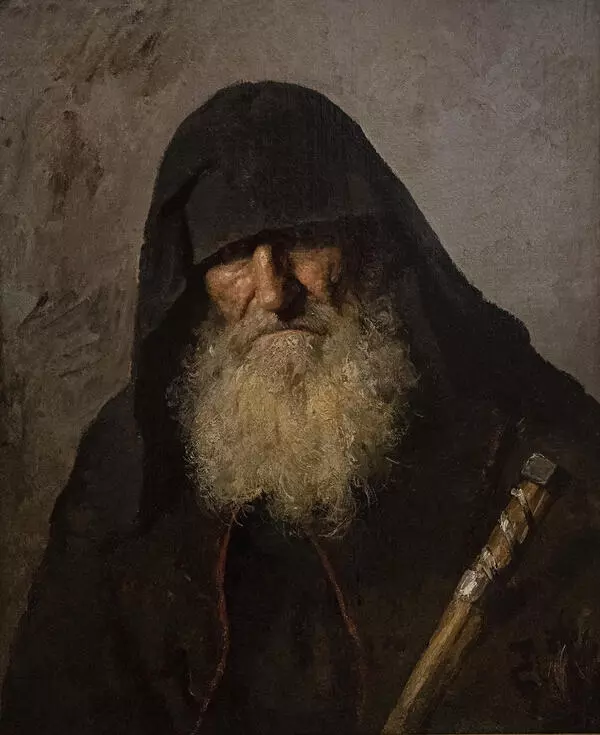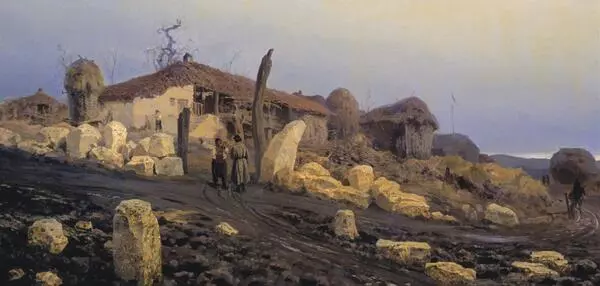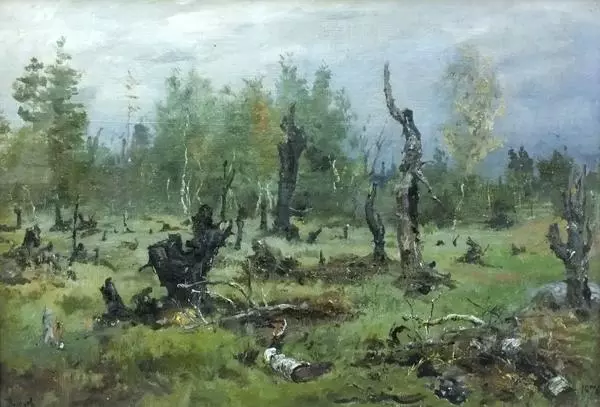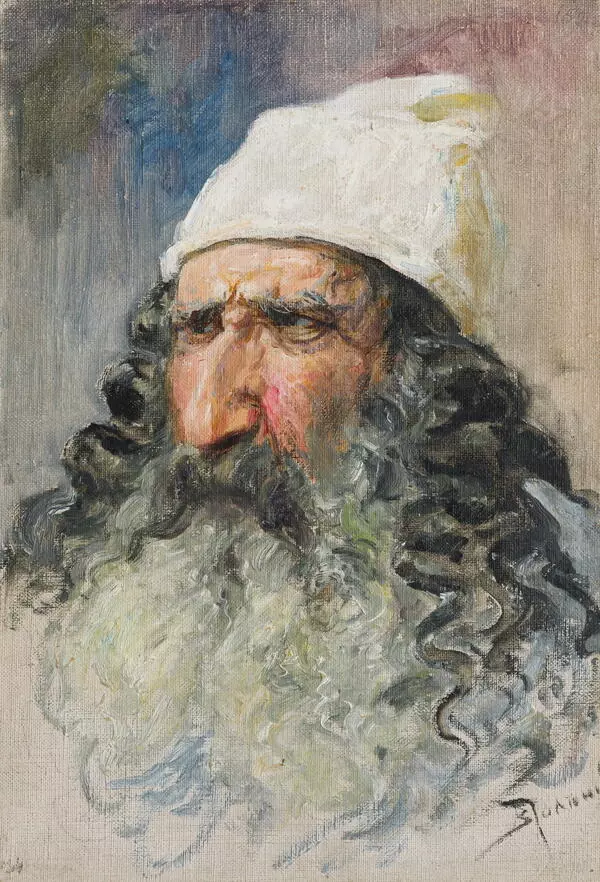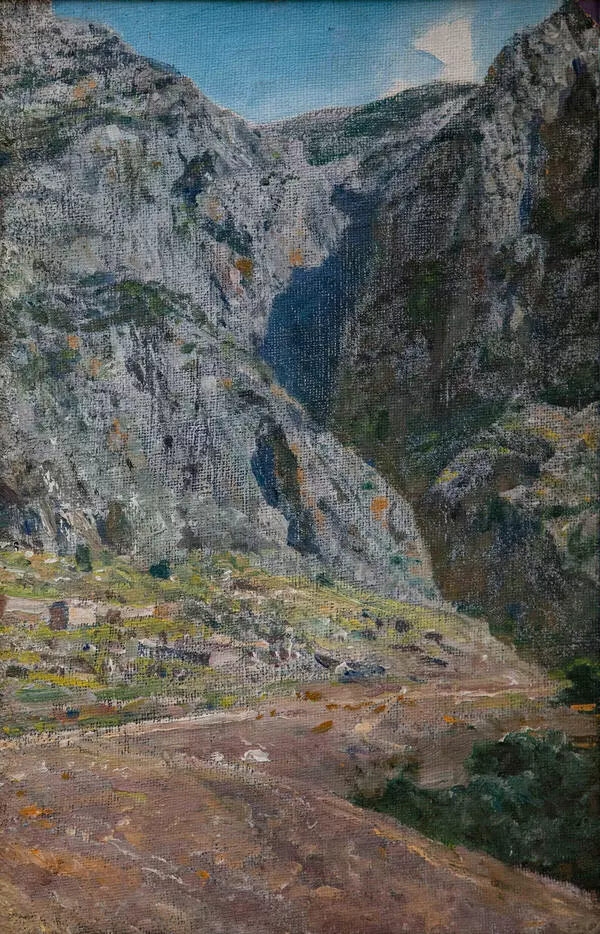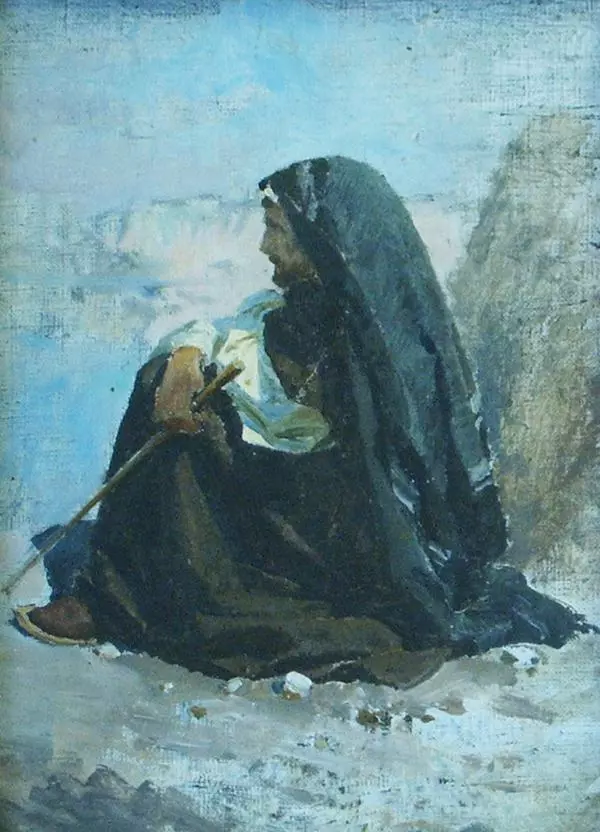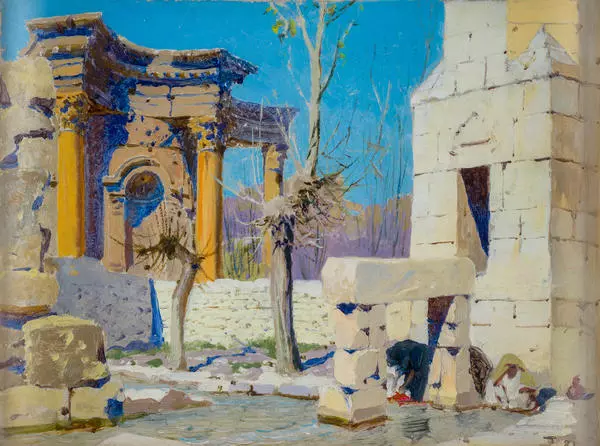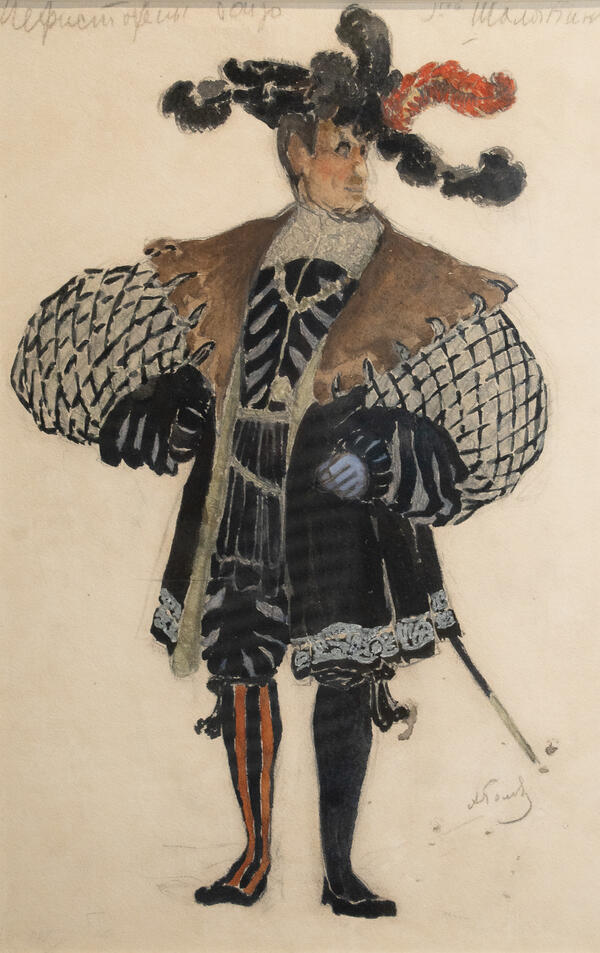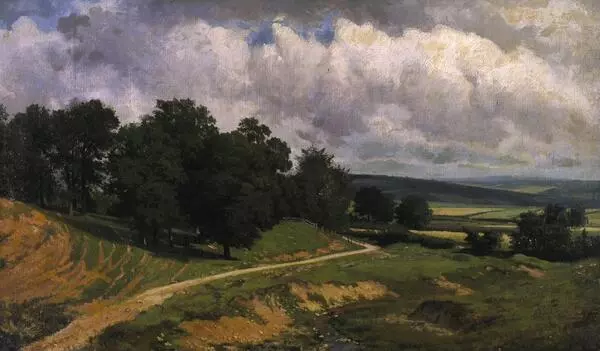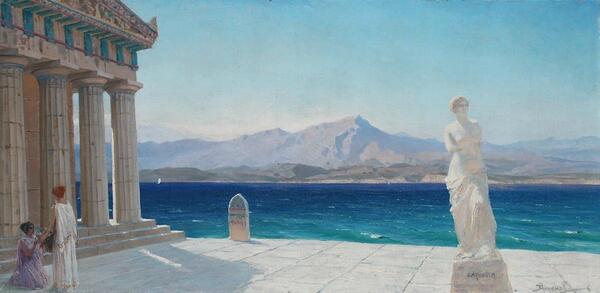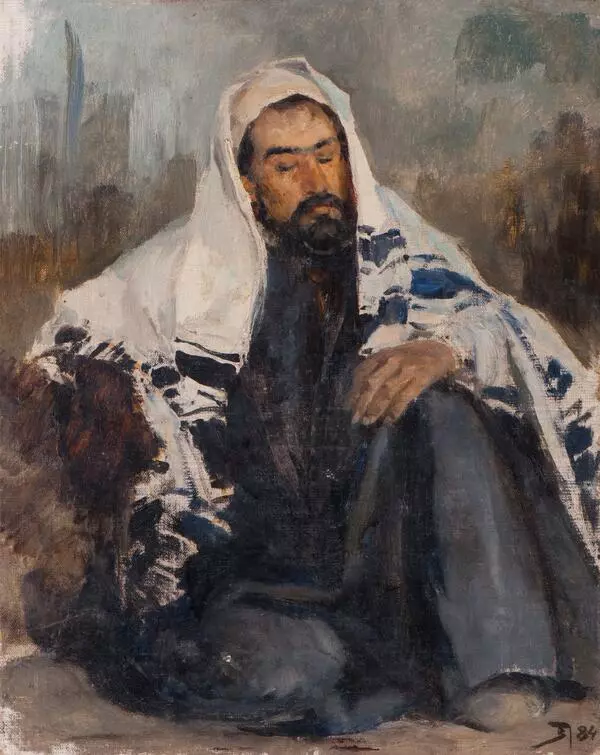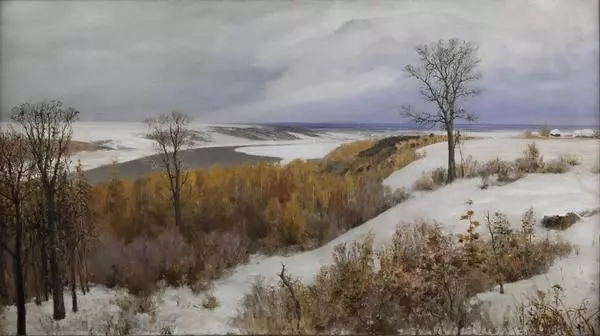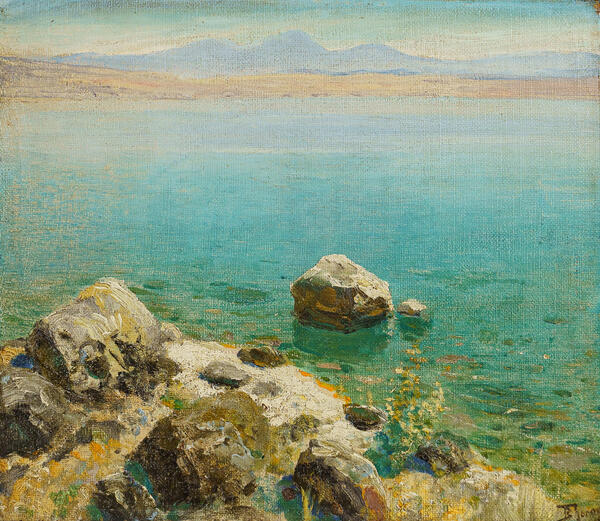During the second half of 19th century, artists often turned to gospel themes. In different periods, the Russian painters Ivan Kramskoy, Nikolai Ge, Henrikh Semiradsky, Vasily Polenov, one after another, devoted their works to the subjects of the Holy Scriptures. The choice of the Gospel theme for the recognized landscape painter Vasily Polenov was not random. His canvases raised philosophical questions and were associated ‘with belief in the best qualities of man.’
As a master of historical, landscape and genre painting, Vasily Polenov (June 1, 1844, St. Petersburg - July 18, 1927, Borok estate, Tula region) left a significant mark on the development of the Russian landscape school. He worked on the famous series of paintings ‘From the Life of Christ’ from the 1880s to 1909. Addressing the image of Christ, the artist set himself the task of ‘finding out the historical truth’ and showing Christ as ‘what he was in real life’. Trips to Syria, Palestine, Egypt and a careful study of the artworks on the history of Christianity helped him convey the Gospel scenes in accordance with historical, ethnographic and geographical accuracy.
Most of the famous cycle ‘From the Life of Christ’ ended up abroad. Among the few paintings left in Russia is his work ‘The Borders of Tyre’. It is known that during a trip to the East in 1899, the artist visited the place of Tyre, an ancient Phoenician city on the shores of the Mediterranean Sea. At the time of Christ, Tyre, rebuilt several times after the destruction, belonged to the Romans.
For the story of Christ’s visit to ancient Tyre, the artist chose the gospel story about the miracle of healing. Coming to the borders of Tyre, Christ wanted to remain unnoticed, but could not hide his presence, “…a woman who had heard about him came and fell at his feet. Her little girl was possessed by an evil spirit, and she begged him to cast out the demon from her daughter…”(Mark: 7.25)…
Polenov portrayed the gospel story as a living real scene. The artist does not demonstrate the moment of the miracle itself, but shows the previous scene of Jesus' meeting with a pagan. Like most of Polenov”s works, the painting is permeated with light and filled with warm color combinations.
It is known that the painter largely used not so much the sacred original source but the literary interpretation of the plot by Ernest Renan, who interprets the image of Christ as a historical person.
The painting came to the collection of the Taganrog Art Museum from the collection of the Soviet singer Lidia Ruslanova in 1985.
As a master of historical, landscape and genre painting, Vasily Polenov (June 1, 1844, St. Petersburg - July 18, 1927, Borok estate, Tula region) left a significant mark on the development of the Russian landscape school. He worked on the famous series of paintings ‘From the Life of Christ’ from the 1880s to 1909. Addressing the image of Christ, the artist set himself the task of ‘finding out the historical truth’ and showing Christ as ‘what he was in real life’. Trips to Syria, Palestine, Egypt and a careful study of the artworks on the history of Christianity helped him convey the Gospel scenes in accordance with historical, ethnographic and geographical accuracy.
Most of the famous cycle ‘From the Life of Christ’ ended up abroad. Among the few paintings left in Russia is his work ‘The Borders of Tyre’. It is known that during a trip to the East in 1899, the artist visited the place of Tyre, an ancient Phoenician city on the shores of the Mediterranean Sea. At the time of Christ, Tyre, rebuilt several times after the destruction, belonged to the Romans.
For the story of Christ’s visit to ancient Tyre, the artist chose the gospel story about the miracle of healing. Coming to the borders of Tyre, Christ wanted to remain unnoticed, but could not hide his presence, “…a woman who had heard about him came and fell at his feet. Her little girl was possessed by an evil spirit, and she begged him to cast out the demon from her daughter…”(Mark: 7.25)…
Polenov portrayed the gospel story as a living real scene. The artist does not demonstrate the moment of the miracle itself, but shows the previous scene of Jesus' meeting with a pagan. Like most of Polenov”s works, the painting is permeated with light and filled with warm color combinations.
It is known that the painter largely used not so much the sacred original source but the literary interpretation of the plot by Ernest Renan, who interprets the image of Christ as a historical person.
The painting came to the collection of the Taganrog Art Museum from the collection of the Soviet singer Lidia Ruslanova in 1985.
